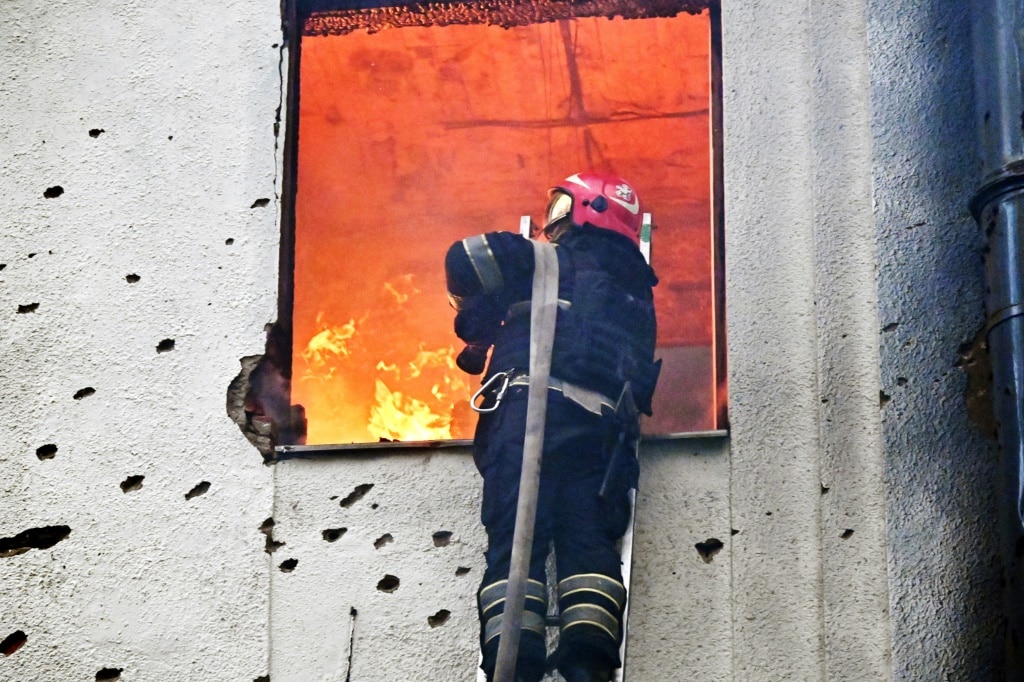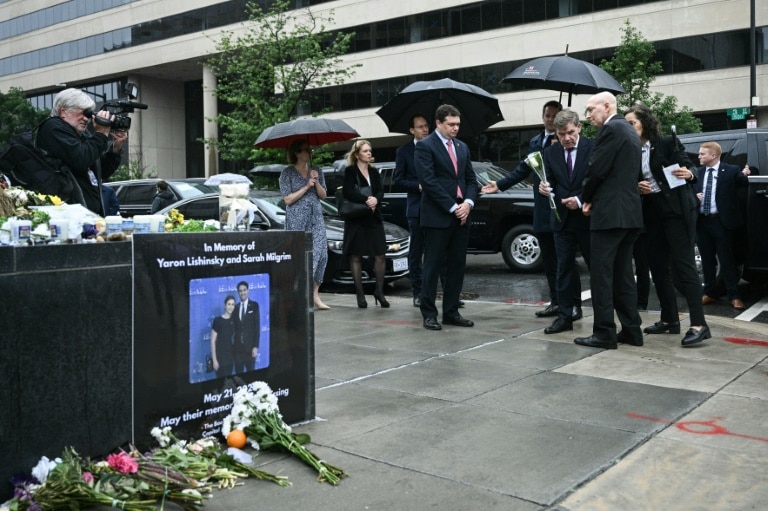Opposition Leader Peter Dutton reveals long-awaited Coalition nuclear power plan
Peter Dutton is happy for the next election to be a battleground on energy after controversially betting big on nuclear power.
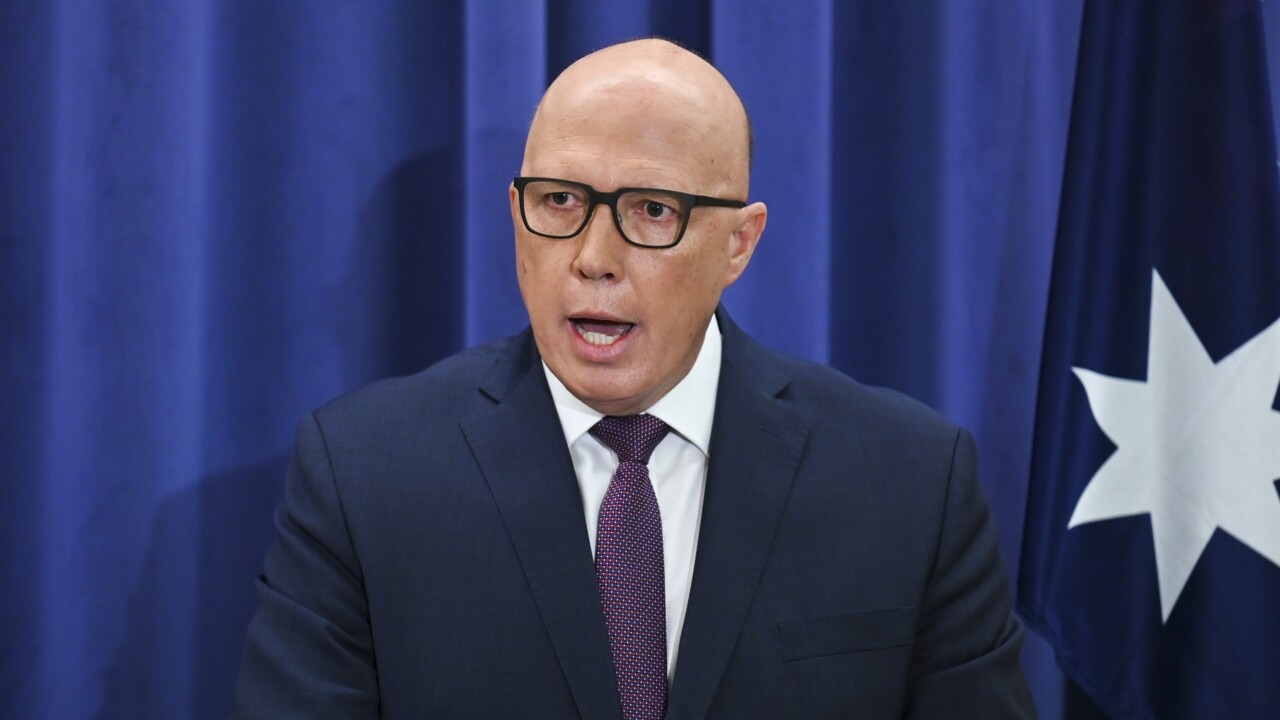
Breaking News
Don't miss out on the headlines from Breaking News. Followed categories will be added to My News.
The Coalition will head to the next election with a proposal to build seven nuclear power plants across Australia by 2050, with the first reactor slated to be operational in just over a decade, in a bold promise designed to deliver cheaper, zero-emissions and reliable power supply.
Tapping into voter discontent over higher power prices and the vexed rollout of renewables, the Coalition’s intervention will ensure energy policy is a key battleground issue heading into the next federal poll, with the Albanese government staunchly opposed to the policy.
While refusing to detail the policy’s cost, Opposition Leader Peter Dutton said the large-scale and small modular generators would be Commonwealth-owned, similar to arrangements governing the Snowy Hydro 2.0 scheme, requiring a multibillion-dollar funding commitment from taxpayers.
“This is a plan for our country which will underpin a century of economic growth and jobs for these communities,” Mr Dutton told reporters in Sydney.
“There is no sense of pretending that our economy can operate without the stable energy system and our plan today which will include these seven sites is integral to the energy road map for our country into the future.”
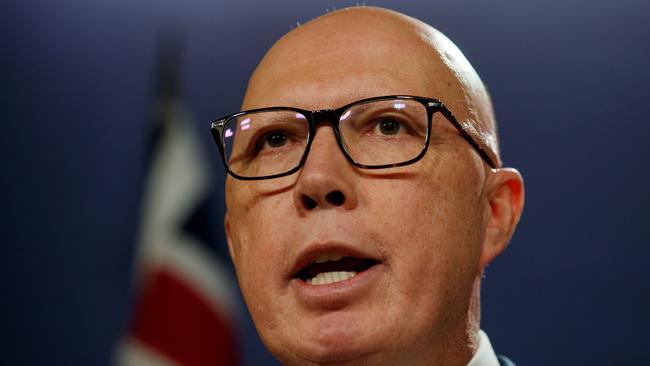
Of the Coalition’s seven proposed generators to be built on the sites of current and former coal-fired power stations, five large-scale reactors will be constructed with a capacity of between 1 and 1.4 gigawatts. These will be at Lithgow’s Mt Piper, the Hunter Valley’s Liddell in NSW, Traralgon’s Loy Yang in Victoria and the Callide and Tarong generators in Queensland.
Meanwhile, the Muja Power Station at Collie in WA’s southwest and the site of the former Northern Power Station located in Port Augusta, South Australia, are planned to host small modular reactors (SMRs). This technology, however, remains in development and is yet to prove commercially viable,
Building on these sites will enable the use of existing transmission infrastructure rather than requiring the rollout of additional poles and wires that has faced staunch opposition in many regional communities.
Five of the proposed sites are held in Coalition seats.
The Liddell power plant sits in the Labor-held seat of Hunter; however, following a proposed redistribution of federal electoral boundaries, the site will sit in the Nationals-held seat of New England.
Mt Piper is located in the division of Calare held by former Nationals member turned independent Andrew Gee.
While the combined generation capacity of the proposal is unclear, the seven reactors by themselves will fall well short of the required capacity to meet forecast demand in 2050, requiring the continued rollout of renewables.
“They’ll be part of an energy mix with renewables and significant amounts of gas into the system, particularly in the interim period,” Mr Dutton said.
Uncosted policy faces Senate, state hurdles
Pressed repeatedly on the expense of the Coalition’s nuclear policy, Mr Dutton refused to provide a costing but said the opposition “will have more to say” about the expense and claimed it would be a “fraction” of the government’s cost.
However, Mr Dutton still conceded the Coalition’s nuclear policy would still come with a hefty price tag.
“It will be a big bill, there is no question,” he said.
A recent report from Australia’s peak scientific body CSIRO estimated that building a large-scale nuclear power plant in Australia would cost about $8.5bn and take at least 15 years to deliver, longer than the Coalition’s 10-year timeline.
A further hurdle to the Coalition’s nuclear plans is likely hostility in the Senate, where majority support would be required to overturn Australia’s moratorium on nuclear banking and development.
Mr Dutton also faces resistance from state governments to his plan, with premiers in NSW, Victoria, Queensland, South Australia and Western Australia all rejecting the construction of a nuclear power plant in their own state.
Rubbishing their concerns, Mr Dutton said the states would ultimately relent in their objections to nuclear energy as they had done with the AUKUS nuclear submarine deal.
“Somebody famously said ‘I would not stand between the premier and a bucket of money’, and we’ve seen the premiers in different debates before where they’ve been able to negotiate with the Commonwealth and will be able to address those issues,” Mr Dutton said.
“We will work with the premiers because it is in our national interest.”
NSW Labor Premier Chris Minns was sceptical of rolling out nuclear generation in his home state.
“We’ve got a prohibition on nuclear-generated power in NSW, and we’re not going to remove that in the state. I’m not sure if the (state) opposition is planning on doing it if they win government, either,” he said.
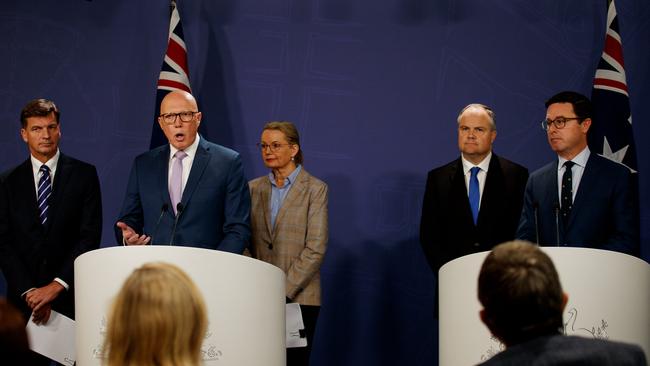
Leading a tirade of criticism against the policy from the government, the trade union movement and environmental groups, Energy Minister Chris Bowen labelled the Coalition’s uncosted and untested nuclear plan as a gamble with Australia’s energy and economic security.
“Their risky plan is to stop the rollout of reliable renewables, bet it all on the most expensive form of energy arriving sometime after 2040 and letting the taxpayer foot the bill,” Mr Bowen said.
“Australia already has what it needs to power our future with the best renewables on earth along with the pumped hydro, batteries, and gas to firm them.”
Climate Council chief Amanda McKenzie argued the proposal was a “smokescreen” for further climate pollution.
“The winners from this scheme are the multinational coal and gas corporations who will keep polluting until well past mid-century,” Ms McKenzie said.
ACTU president Michele O’Neil was similarly critical, arguing the proposal would” “put workers’ safety and livelihoods at risk, all so he can appease climate change deniers in the Coalition who oppose clean energy”.
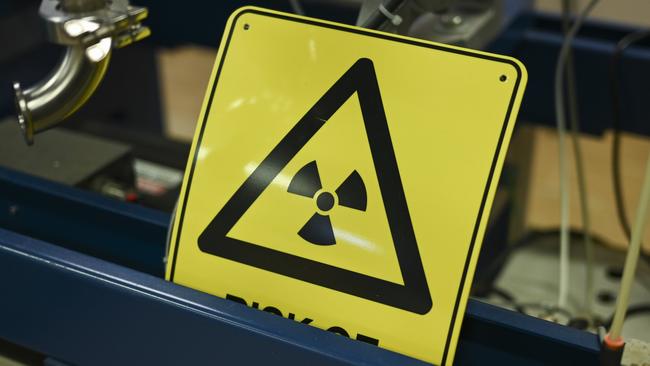
Hopes of a global revival of a low-emissions nuclear energy industry have been dimmed by recent troubles facing overseas nuclear generation projects which have been plagued by multiple setbacks, repeated delays and eye watering cost blowouts.
Australia has one nuclear plant, located in Lucas Heights, Sydney, but it is used primarily to produce medical isotopes, not to produce nuclear power
In recent weeks, the Coalition has made significant advances in opinion polls, with the Labor and the Opposition drawing neck-and-neck in the two party preferred stakes.
Mr Dutton has also pulled ahead of Prime Minister Anthony Albanese in the two-party preferred stakes, according to Resolve’s political monitor, emboldening the Coalition to press ahead with its nuclear plans.
While the nuclear policy is likely to attract significant scare campaigns, Mr Dutton said he was ready to fight an election on the issue.
“I’m very happy for the election to be a referendum on energy, on nuclear, on power prices, on lights going out, on who has a sustainable pathway for our country going forward,” he said.
More Coverage
Originally published as Opposition Leader Peter Dutton reveals long-awaited Coalition nuclear power plan


